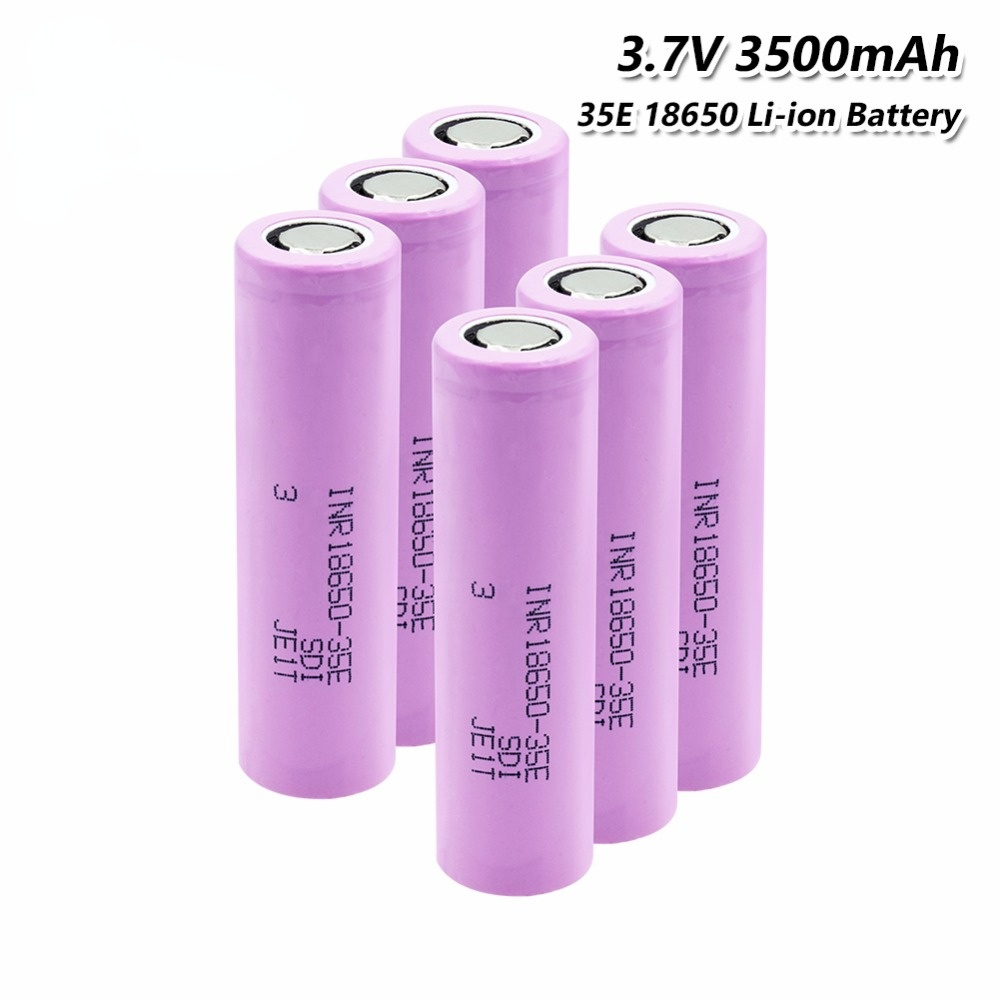The cathode material of a lithium- ion battery generally consists of an active emulsion of lithium, while the negative electrode is a special molecular structure of carbon. The main element of a common cathode material is LiCoO2.

When charged, the electrical implicit applied to the two poles of the battery forces the emulsion at the cathode to release lithium ions, which are bedded in a lamellar structure of carbon at the cathode. When discharged, the lithium ions precipitate out of the carbon lamellar structure and recombine with the emulsion at the positive electrode. The movement of the lithium ions generates an electric current.
The chemical response principle is simple, but in practical artificial product there are numerous further practical issues to consider the material for the positive electrode needs complements to keep it active for multiple charges and discharges,
The material for the negative electrode needs to be designed at the molecular structure position to hold further lithium ions, and the electrolyte filling between the positive and negative electrodes needs to be stable as well as having good electrical conductivity to reduce the internal resistance of the battery.
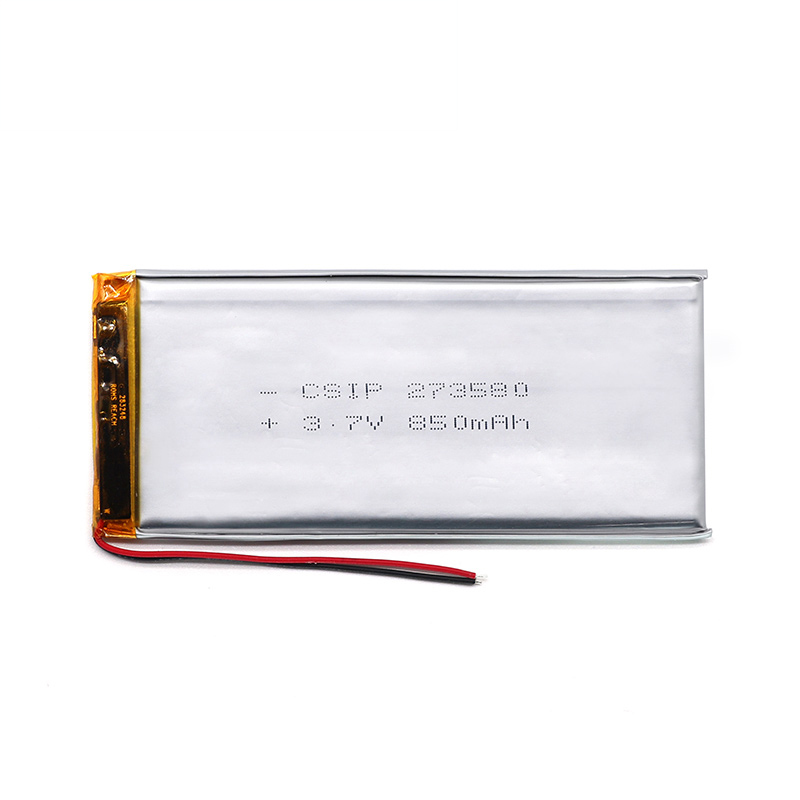
Although lithium- ion batteries infrequently have the memory effect of nickel- cadmium batteries, the principle of the memory effect is crystallisation, which hardly occurs in lithium batteries. still, the capacity of lithium- ion batteries will still drop after repeated charging and discharging, and the reasons for this are complex and varied.
The main reason for this is the change in the cathode material itself. At the molecular position, the depression structure on the cathode that holds the lithium ions will gradationally collapse and block; from the chemical point of view, it's the passivation of the exertion of the cathode material and the side response to produce stable other composites.
Physically, there's also a gradational flaking of the cathode material, which eventually reduces the number of lithium ions in the battery that are free to move during the charging and discharging process.
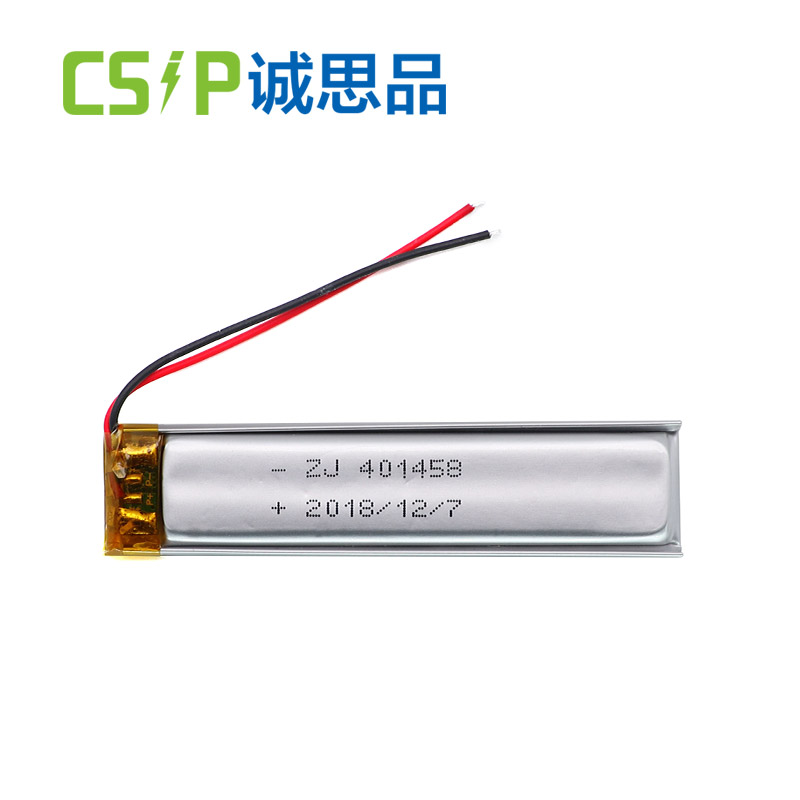
fleecing and overdischarging will beget endless damage to the positive and negative electrodes of a Li- ion battery. On a molecular position, it's intuitive that overdischarging will beget the negative carbon toover-release lithium ions and collapse its lamellar structure,
while overcharging will force too numerous lithium ions into the negative carbon structure so that some of them can no longer be released. This is why lithium- ion batteries are frequently equipped with a charge/ discharge control circuit.
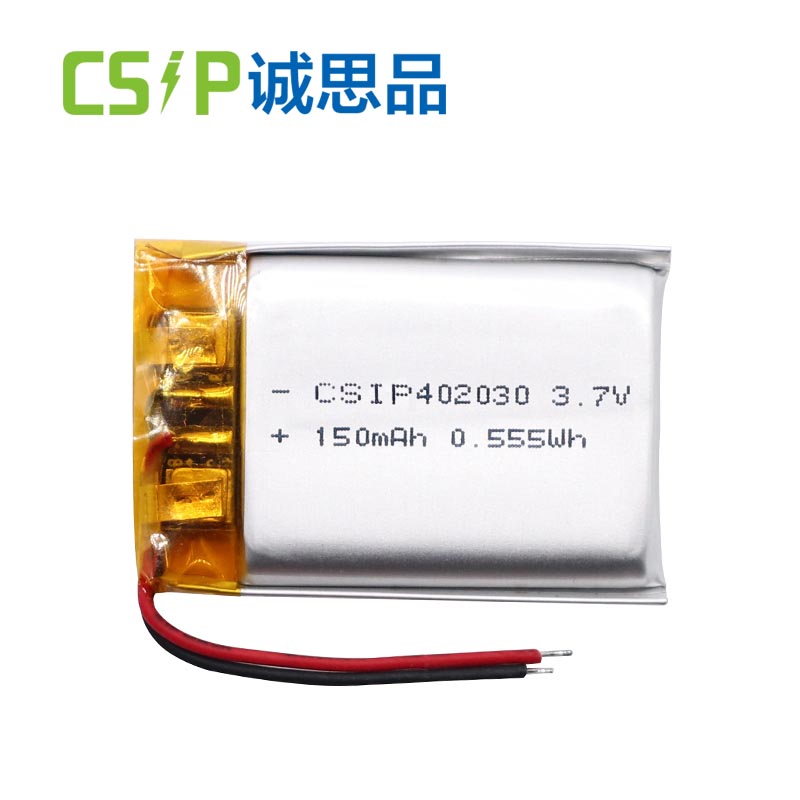
infelicitous temperatures will spark other chemical responses within the lithium- ion battery to produce unwanted composites, so numerous lithium- ion batteries have a defensive temperature- controlled diaphragm or electrolyte cumulative between the positive and negative electrodes.
In the battery temperature to a certain situation, the compound membrane membrane severance check or electrolyte denaturation, the battery internal resistance increases until the circuit is broken, the battery is no longer warmed up to insure that the battery charging temperature is normal.
And can deep charging and discharging increase the factual capacity of lithium- ion batteries? The experts told me categorically that this is pointless .
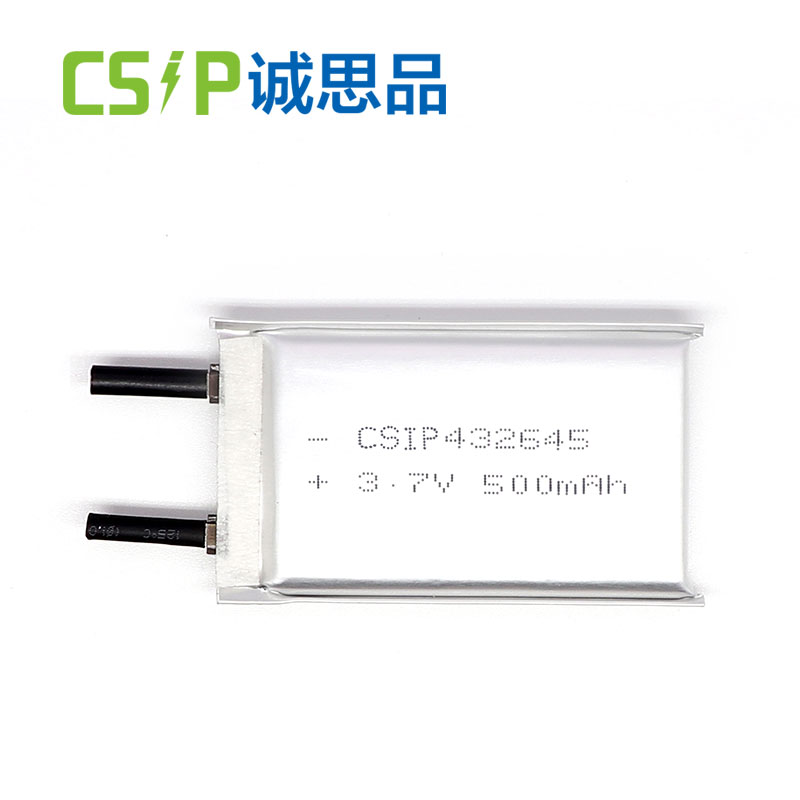
They indeed say that the so- called" activation" of the battery with three full charges before use is also gratuitous. But why do so numerous people change the capacity in Battery Information after a deep charge? This will be bandied latterly.
Lithium- ion batteries generally come with a operation chip and a charge control chip. There are a series of registers in the operation chip that hold the capacity, temperature, ID, charge status, discharge count and so on. These values will gradationally change during use., I suppose that the main purpose of the" should be completely charged and discharged once a month or so" in the instructions for use is to correct the indecorous values in these registers, so that the charge control and nominal capacity of the battery match the factual situation of the battery.
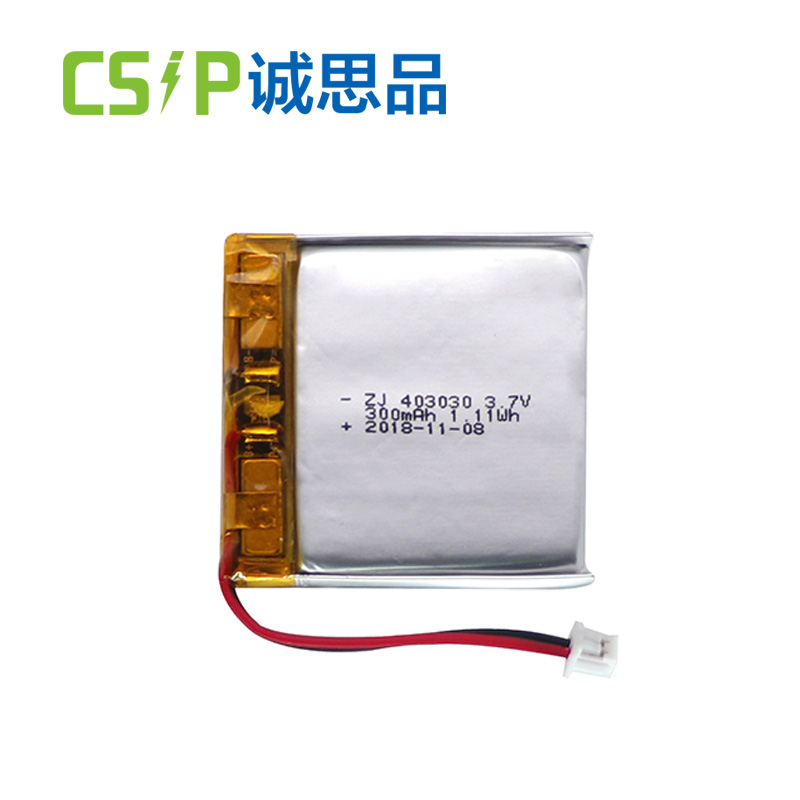
The charge control chip substantially controls the charging process of the battery. The charging process for Li- ion batteries is divided into two stages, the constant current fast charging stage( when the battery index is unheroic) and the constant voltage dwindling current stage( when the battery index is flashing green).
In the fast charging phase, the battery voltage is gradationally increased to the standard battery voltage and also, under the control chip, the voltage is switched to the constant voltage phase, where the voltage isn't increased to insure that the battery isn't overcharged, and the current is gradationally reduced to 0 as the battery charge rises to complete charging.

The charge statistics chip records the discharge wind( voltage, current, time) to calculate a sample of the battery charge, which is the wh. value we read in BatteryInformation.However, the advised charge isn't accurate, If the chip doesn't have a chance to read out the complete discharge wind again. So we need to calibrate the battery chip by deep charging and discharging.


 Home
Home CSIP
CSIP  Feb 16,2023
Feb 16,2023 
 What is the difference between lithium batteries and cells and why are they not the same size?
What is the difference between lithium batteries and cells and why are they not the same size? 
 Dec 24,2022
Dec 24,2022 


